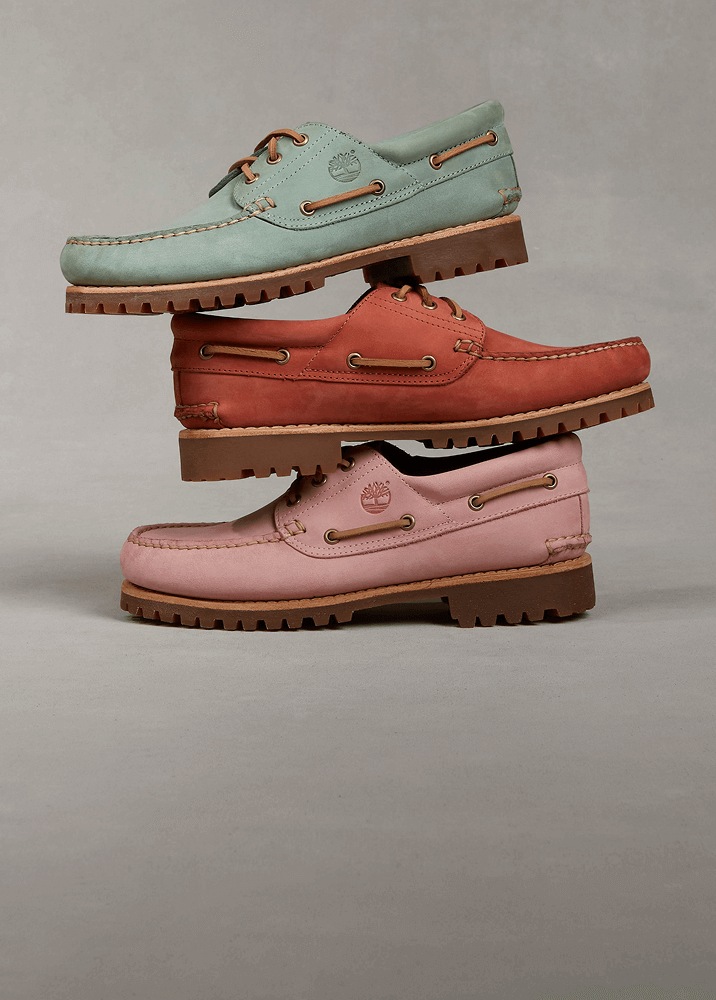
Move-te Com Os Elementos Da Natureza.
Os nossos produtos resistem a todas as estações, para que enfrentes o que vier com confiança.

Pastel Pack
Produzido em pele de alta qualidade e tingido em tons pastel, o modelo com 3 ilhós combina um design clássico com um toque fresco para a estação.

Worn For What’s Next.
Criado para o que o futuro reserva. Robusto, autêntico e perfeito para combinar com ganga.



